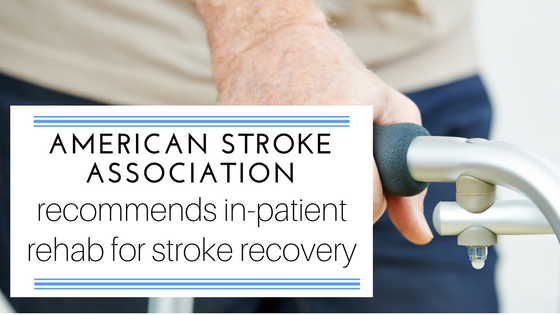Many of us know someone who will spend this time of year in a hospital, whether it’s a friend, neighbor, or family member. While they would obviously rather be home with family, there are many things you can do to bring them cheer while making their hospital stay more positive and meaningful.
Here’s a look at some of the ways you can bolster a patient’s spirits while providing comfort during days otherwise filled with doctor visits, treatment, preparing or recovering from surgery, and more.
1. Spend Time with Them
There’s probably nothing more important that you can do for a patient than spending time with them. Your presence will help the time go by more quickly for them while easing their anxieties and fears. And remember, laughter helps the healing process, so don’t leave your sense of humor at home.
2. Give Gifts
Gift-giving can be a great source of joy, and giving gifts to a friend or family member who’s in the hospital is no exception. It’s best if you give a gift that they can use such as an e-book reader or iPad. Another great idea is to give gifts to their family members, such as hospital parking passes, or a few nights stay at a local motel if they’re from out of town.
3. Help with Things at Home
While your friend is in the hospital, things at his or her home may be left undone – such as taking out the trash, getting the mail, feeding their pets, or watching their kids. You can even run their errands and take their children to lessons, sporting events, and school or seasonal parties.
4. Decorate their Room
You can make their hospital room more enjoyable by stringing colorful lights and supplying other festive decorations. You can also gift wrap the door with colorful paper and ribbons, or hang cards around the room.
5. Bring them Treats
Homemade cookies, baked goods and other treats can help lift a patient’s spirits.
6. Skype
If a patient has a close friend or family member who lives far away, you can set up a Skype visit between the two.
7. Read to Children
Sharing read-aloud stories is a great way to lift the spirits of hospital-bound children.
8. Watch Movies
You can watch movies on a variety of digital devices these days, so schedule a movie-watching session with your hospitalized friend. Humorous movies will especially help lift their spirits.
9. Be a Listener
Most patients have plenty that they want to talk about when they’re in the hospital because, for many of them, being there is a new experience. You’ll help them feel better if you allow them to share their experiences without overdoing it with your stories and concerns.
10. Give the Gift of Music
Do you have a musical talent? Or, a group of friends who you like to play music with you? With the hospital’s permission, of course, you could sing in your friend’s hospital room or ask the floor nurse if you can play a mini-concert in the hallway for all patients on the floor.




